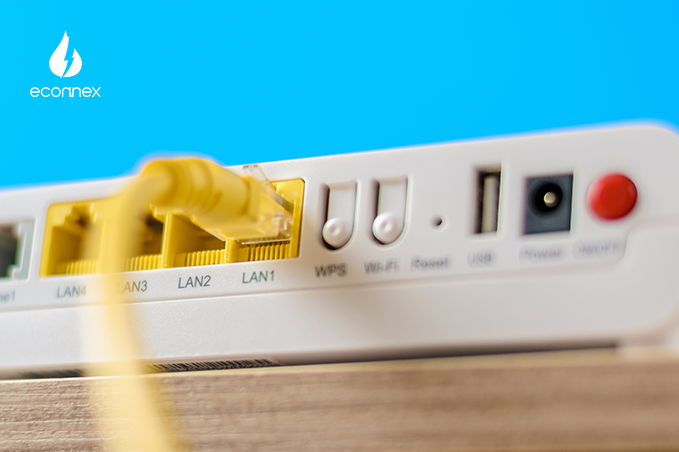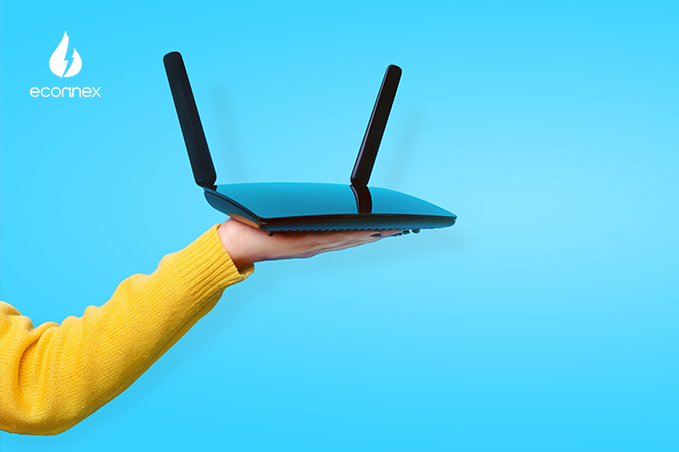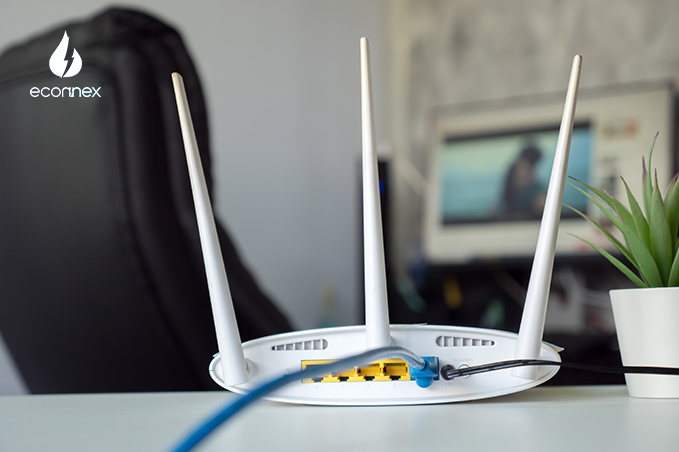Learn about different NBN types and make a more informed choice of NBN plan. Navigate the complexities of Australia's NBN with Econnex Comparison.

Published on 25/09/2023
By William Walton
NBN Comparison
Australia's broadband ecosystem can seem a complex tapestry, and at its core lies the National Broadband Network (NBN). With many acronyms and pieces of technical jargon, it's easy to feel lost. That's why Econnex Comparison is your compass, guiding you through the maze of NBN types and plans available from our panel of providers to help you make the most informed decision possible.
The National Broadband Network (NBN) is far more than just an internet service; it's a transformative infrastructure project aimed at catapulting Australia into the digital future. Initiated by the Australian government, the NBN replaces the country's outdated broadband systems with modern, high-speed technologies. These technologies are designed to meet the diverse needs of consumers, ranging from basic internet browsing to heavy-duty tasks like 4K streaming and online gaming.
The NBN is the backbone of Australia's digital ecosystem, impacting everything from how we work and learn to how we socialise and entertain ourselves. Whether you're a student attending virtual classes, a professional working from home, or a grandparent wanting to video call your family, the NBN ensures you have the reliable, high-speed internet you need.
Different NBN connection types and speed tiers of plans cater to various user profiles. For instance, if you primarily use the internet for basic tasks like paying bills and general web browsing, a Basic NBN plan on a Fibre to the Node connection might suffice. On the other hand, if you rely heavily on fast, reliable internet for internet gaming, high-definition streaming, and podcasts, you'd likely benefit from a more robust plan on a connection direct to the property, if available.
Several different types of NBN connections allow households to access higher internet speeds. The availability depends on any pre-existing infrastructure leading to the premises. If you’re already connected and wondering, “What type of NBN connection do I have?” – contact your current provider, and they’ll be able to let you know.
Check Internet Providers in Your Area
FTTP offers a direct fibre optic connection to your home, providing the highest speeds and most reliable service. With speeds up to 1,000 Mbps, it's the gold standard for heavy internet users and large households. While FTTP offers unparalleled performance, it can be more expensive and is only available in some areas.
HFC uses a combination of fibre optic and coaxial cables. It's a popular choice for those who require high-speed internet but don't have access to FTTP. Speeds can go up to 250 Mbps, making it suitable for moderate to heavy internet usage. One downside is that you may need to install an NBN box, which could incur additional costs.
FTTN delivers fibre to a local node, and then copper wiring completes the connection to your home. The speed you'll experience depends on your distance from the node. It's a more budget-friendly option but can offer inconsistent speeds, especially during peak hours. FTTN is often the default choice for small households and those with lighter internet usage.
FTTC is a middle-ground solution that brings fibre to a point near your home, usually the curb, and then uses copper wiring for the final stretch. It offers more consistent speeds compared to FTTN and is generally easier to upgrade to higher speeds in the future. However, it does require an NBN box, which can be an added expense.
FTTB is common in multi-dwelling units like apartments. The fibre connection goes to a central point in the building, and existing broadband technology connects each apartment. Speeds can vary based on the building's internal wiring, making it a bit of a wildcard in terms of performance.
Fixed Wireless and Sky Muster satellite services are often the only options for those in rural and remote areas. While they offer limited plans and slower speeds, they are crucial for providing internet access to regions that other technologies can't reach.
While the different NBN connection types and technologies can be overwhelming, we can help simplify the process. Search your address on Econnex, and our intuitive platform will immediately outline the NBN types of connection available. You can then begin comparing the various plans from the retailers on our panel to choose the one that fits your needs. Let’s discuss some of those further.
While understanding the types of NBN connections is crucial, it's equally important to know the kinds of plans available to you. After all, your connection is just the foundation; your chosen plan will determine your overall internet experience.
These are entry-level plans suitable for light users who mainly use the internet for browsing and emails. Speeds usually range from 12 to 25 Mbps. Basic plans are budget-friendly but may not be sufficient for households with multiple users or streaming high-definition videos.
Offering speeds around 50 Mbps, standard plans are ideal for small families and moderate internet users. These plans can handle multiple devices and are suitable for streaming videos, but they may struggle with more data-intensive tasks like 4K streaming or heavy online gaming.
Designed for tech-savvy households and small businesses, fast plans offer speeds ranging from 100 to 250 Mbps. These plans can handle multiple devices running high-data tasks simultaneously, making them ideal for larger families or small offices.
These are the crème de la crème of NBN plans, offering speeds from 250 Mbps up to 1,000 Mbps. They are designed for heavy internet users who require the best performance for tasks like 4K/8K video streaming, large file downloads, and competitive online gaming.
Some providers offer specialised plans tailored for specific needs, such as gaming or business. These plans often include additional features like a static IP address, advanced customer support, or optimised routing for lower latency.
Econnex Comparison's platform seamlessly allows you to sift through various NBN plans available at your address. By indicating your specific needs and preferences, you can find a plan that matches your desired speed and fits your budget. It's all about making an informed choice that brings you the most value.
Understanding NBN types is crucial to making an informed choice. With this comprehensive guide and Econnex Comparison's robust tools, you're well-equipped to navigate the intricacies of the NBN. So, make your choice with newfound confidence and enter a world of high-speed, reliable internet connectivity.



